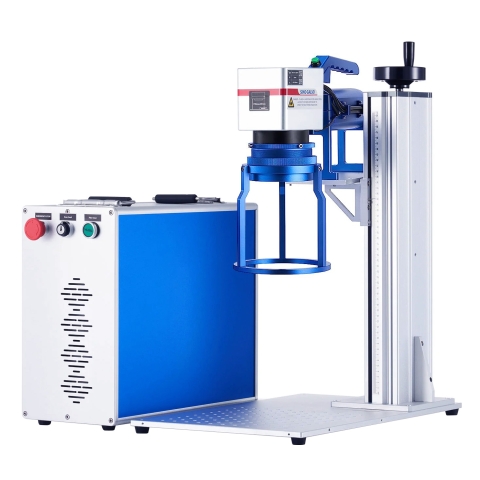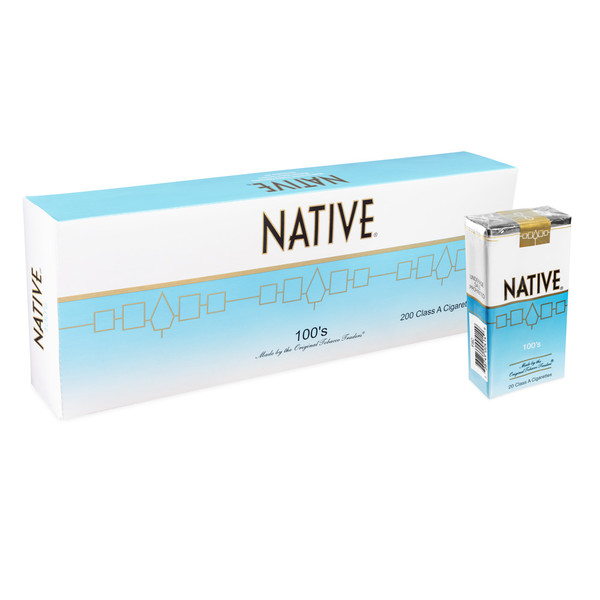In the world of fashion, creativity, and innovation are constantly sought after to stay ahead of ever-changing trends and consumer demands. Textile design, in particular, plays a crucial role in defining the uniqueness and appeal of garments and accessories. In recent years, the fashion industry has witnessed a transformative shift with the integration of laser cutting machines into the design process. These cutting-edge tools have revolutionized textile design, providing designers and manufacturers with unprecedented possibilities to create intricate and captivating fabrics.
Laser cutting machines have become a game-changer for textile designers due to their ability to achieve precision cuts and engravings on a wide range of materials. From delicate silks and intricate laces to sturdy denim and leather, laser machines offer the versatility to work with diverse fabrics without compromising on accuracy. This adaptability has sparked a wave of innovation, with designers pushing the boundaries of traditional textile design and exploring new creative dimensions.
One of the most significant advantages of laser machines in textile design is their capability to produce intricate patterns and designs that were previously impossible or labor-intensive to achieve. Whether it’s intricate lace-like patterns, delicate cutouts, or complex geometrical shapes, fiber laser engraver machines can execute these designs with remarkable precision, saving time and effort for designers.
Furthermore, the speed and efficiency of laser machines streamline the production process, enabling designers to rapidly prototype and iterate their designs. This agility is particularly beneficial in the fast-paced fashion industry, where trends can change overnight. Designers can quickly respond to market demands, experiment with new ideas, and fine-tune their creations before bringing them to the runway or the market.
Laser cutting machines also offer a level of customization that resonates with modern consumers who seek unique and personalized products. Designers can easily add individual touches, initials, or custom designs to garments, elevating the sense of exclusivity and luxury for customers.
In addition to cutting, laser machines are used for fabric engraving, adding another dimension of artistry to textile design. Intricate engravings can enhance the texture and visual appeal of fabrics, creating captivating patterns and adding depth to the overall design. This technique opens up endless opportunities for designers to explore texture contrasts and create visually stunning pieces.
The integration of laser cutting machines into textile design has not only empowered designers but has also led to more sustainable and eco-friendly practices in the fashion industry. Laser cutting generates minimal waste compared to traditional cutting methods, reducing material usage and the carbon footprint of production. As sustainability becomes an increasingly important consideration for consumers, this approach aligns perfectly with their preferences.
While laser cutting machines have significantly transformed textile design, there are ongoing efforts to enhance their capabilities even further. Advancements in laser technology, including more precise cutting mechanisms and improved software interfaces, continue to push the boundaries of creative expression in the fashion world.
In conclusion, laser cutting machines have ushered in a new era of cutting-edge fashion and revolutionized textile design. Their ability to achieve intricate patterns, rapid prototyping, and sustainable practices has elevated the creative potential for designers and manufacturers alike. As technology progresses, the fusion of artistry and technology through laser machines is set to shape the future of fashion, offering consumers innovative and captivating textile designs for years to come.







